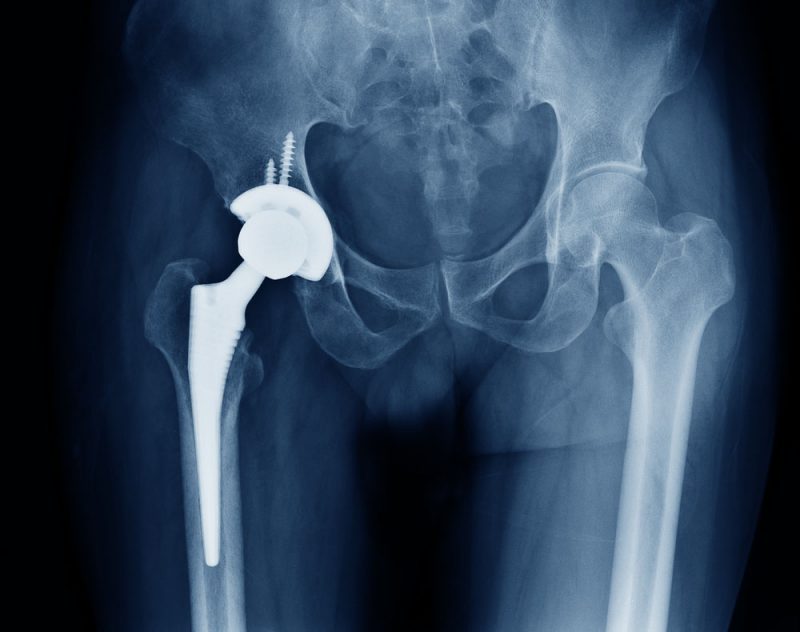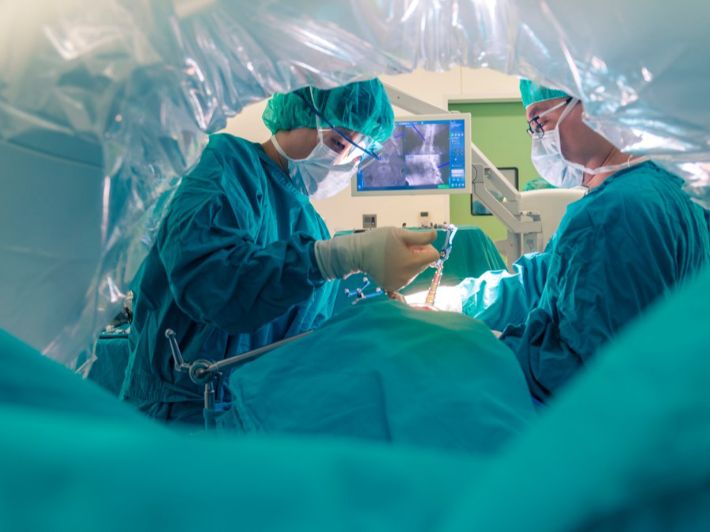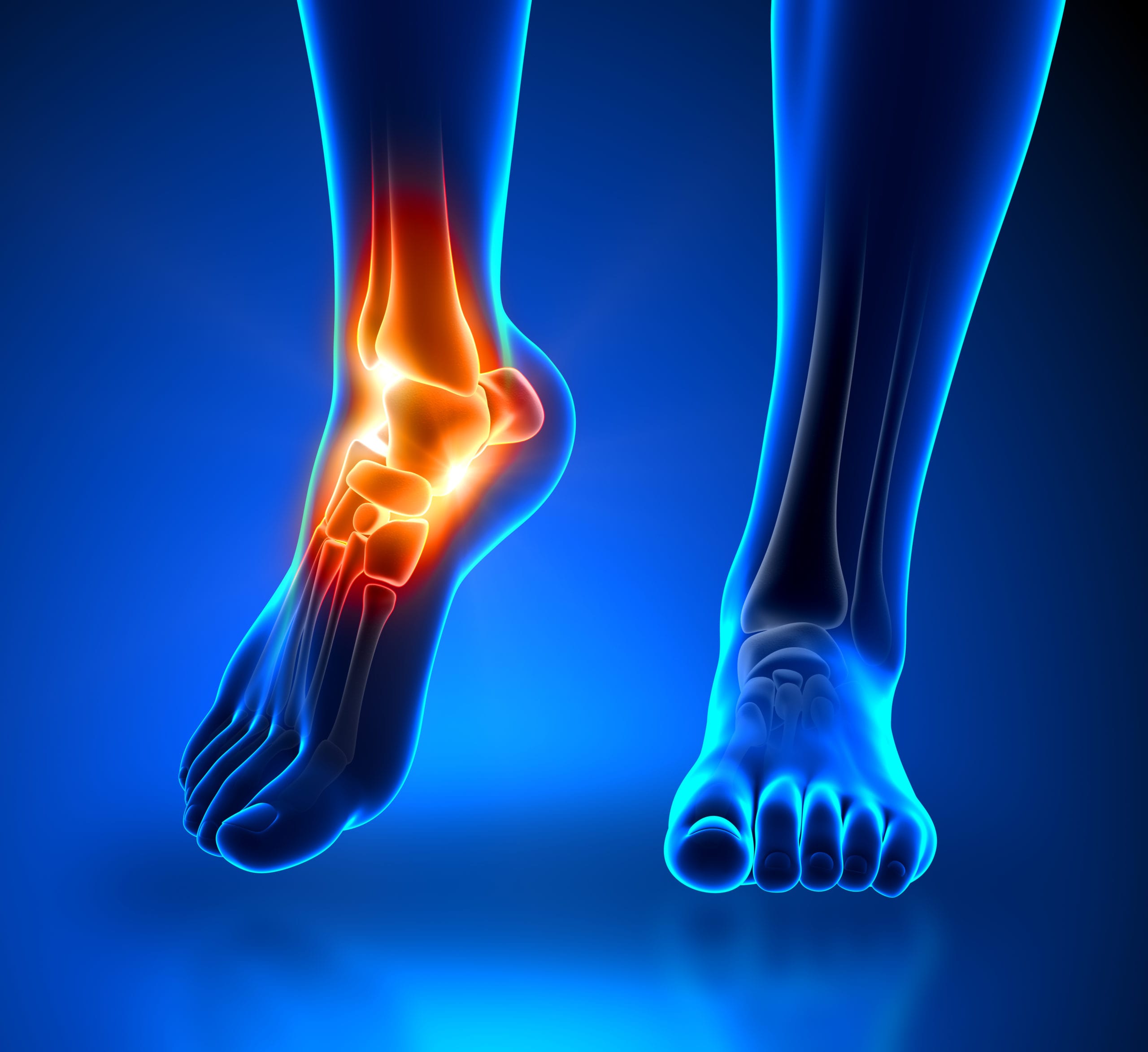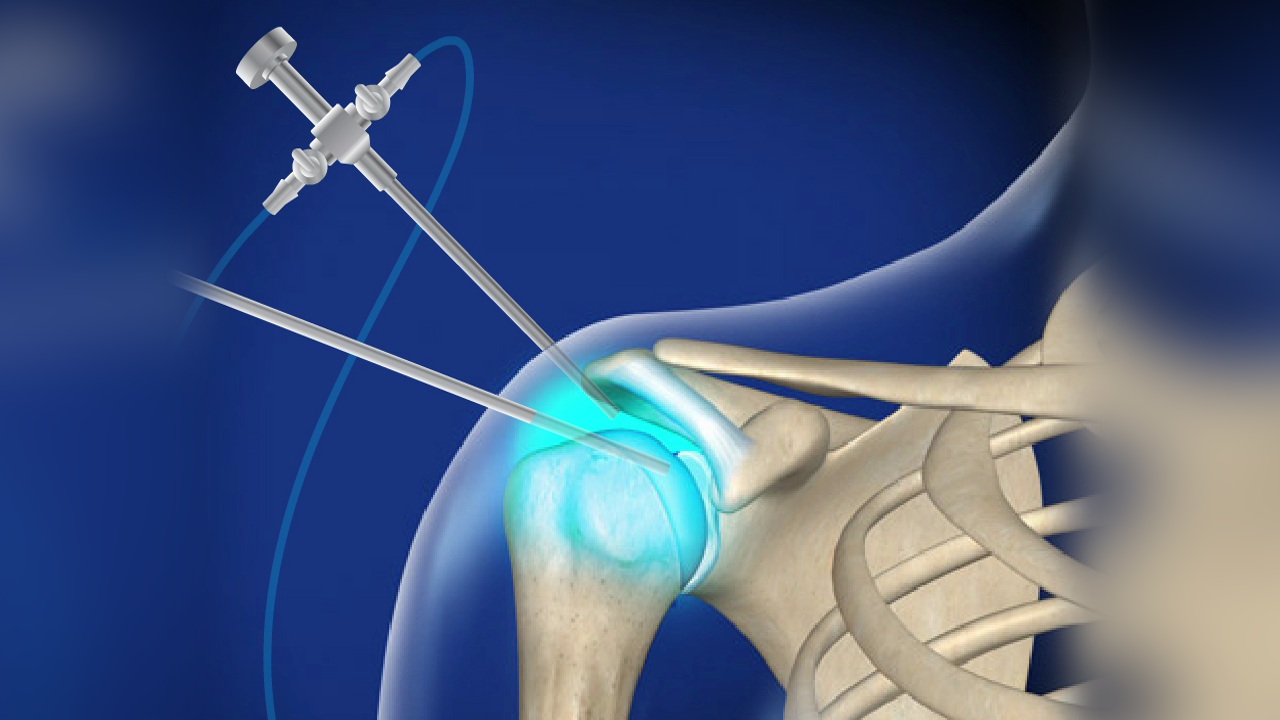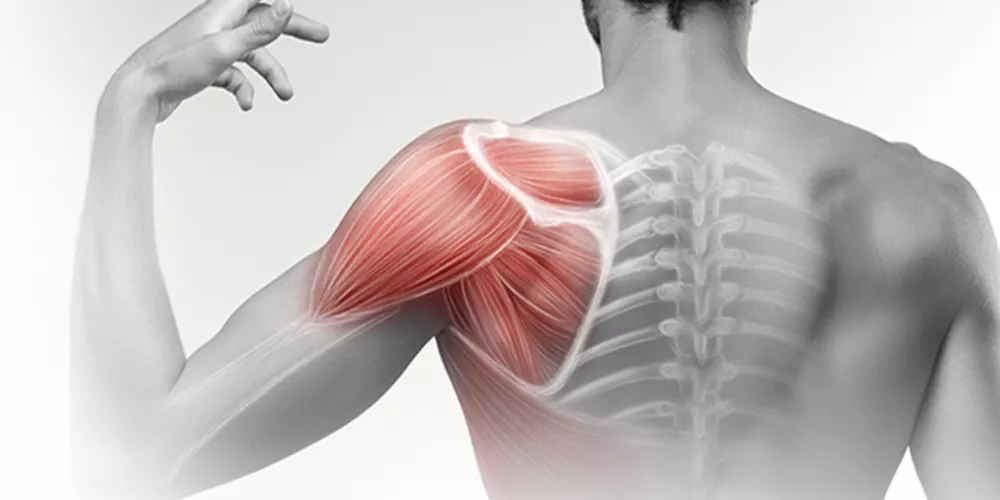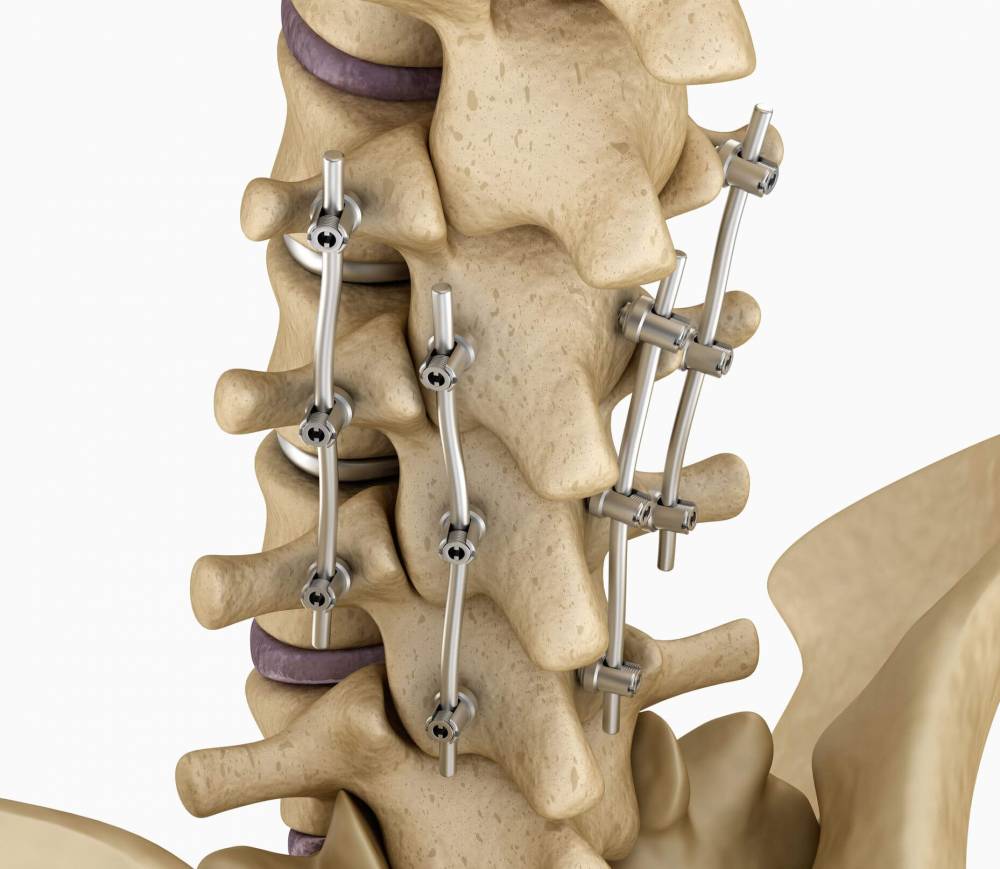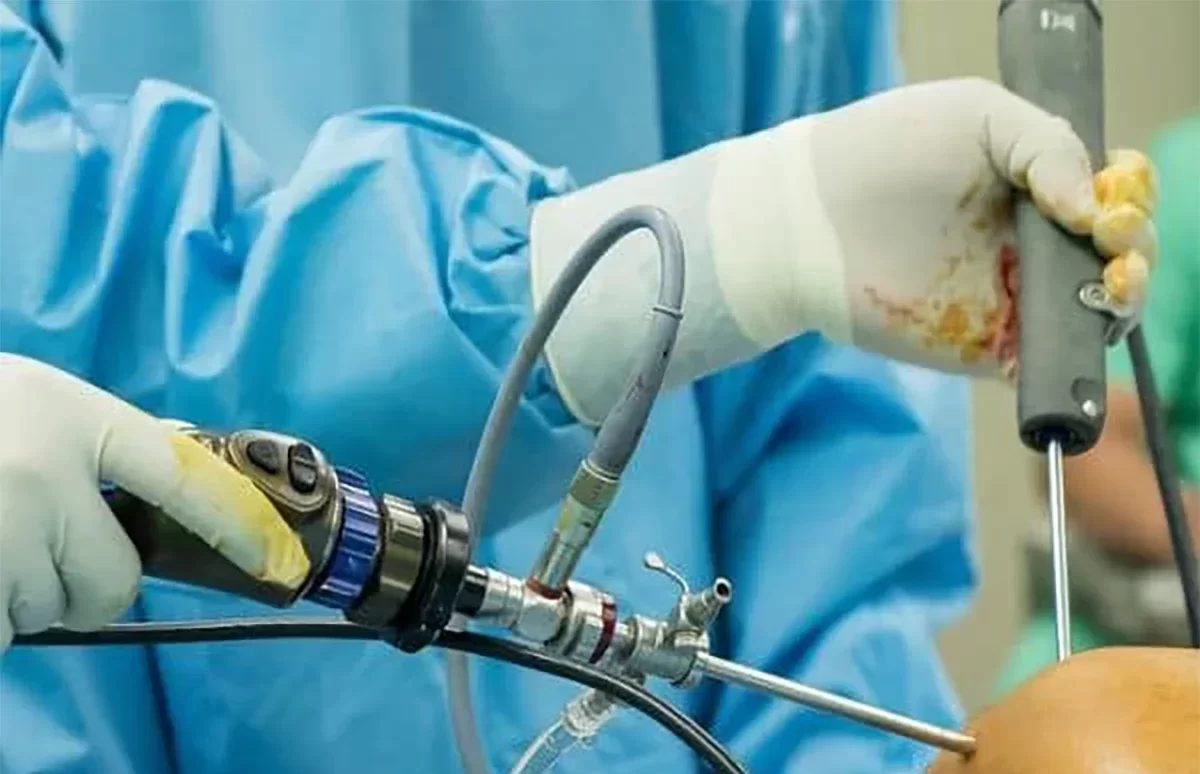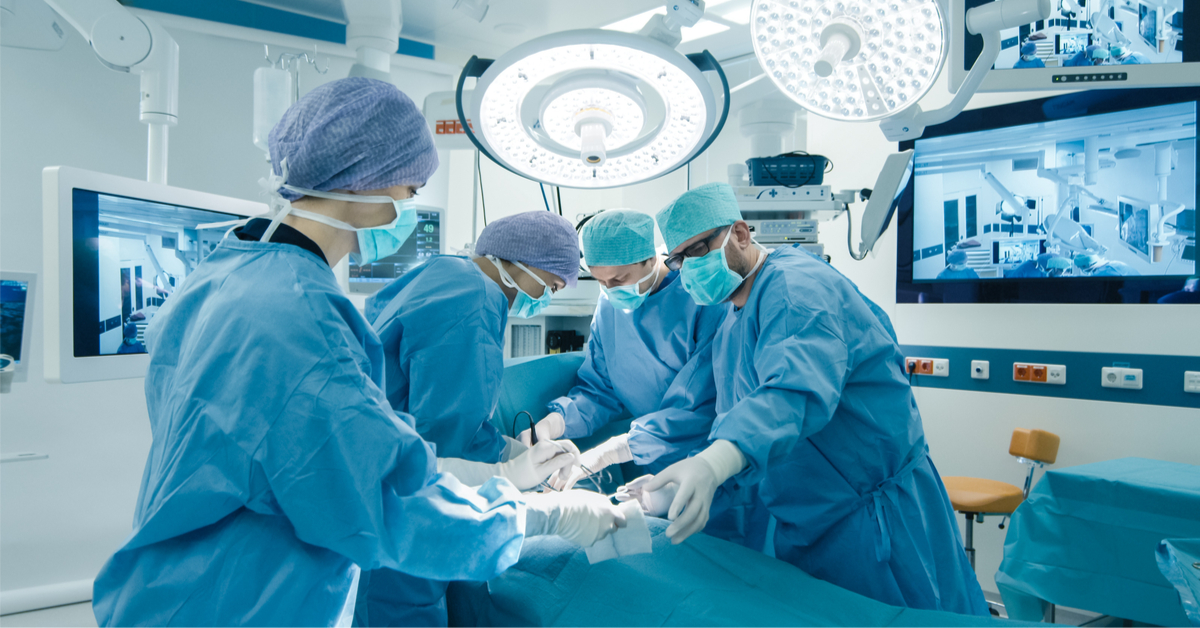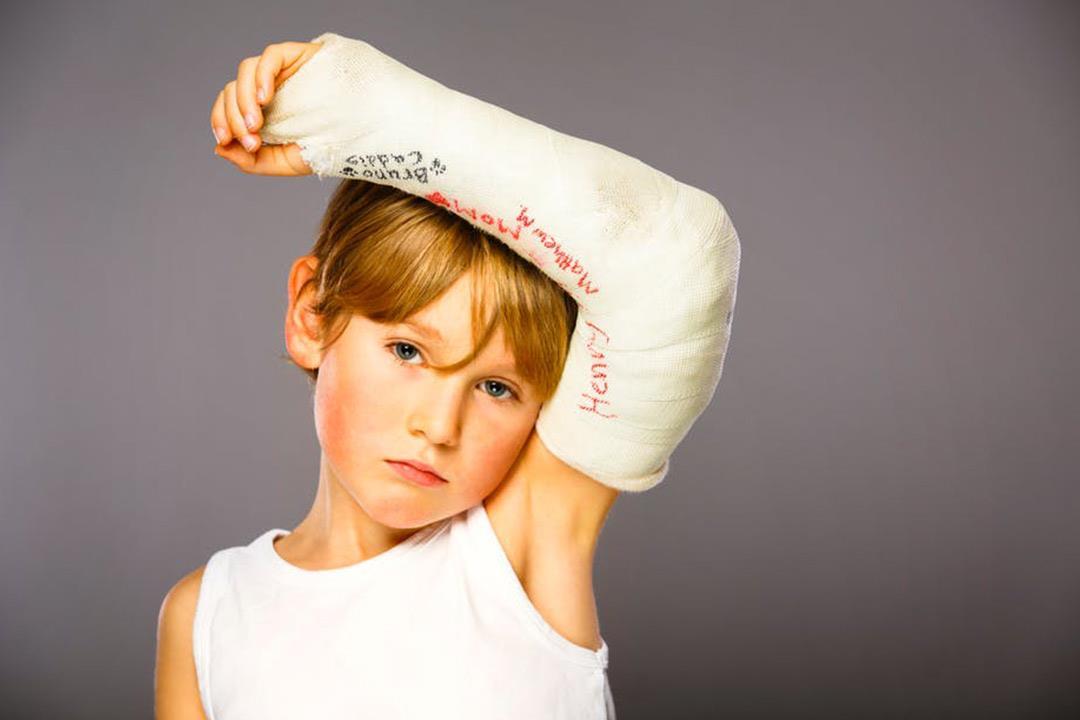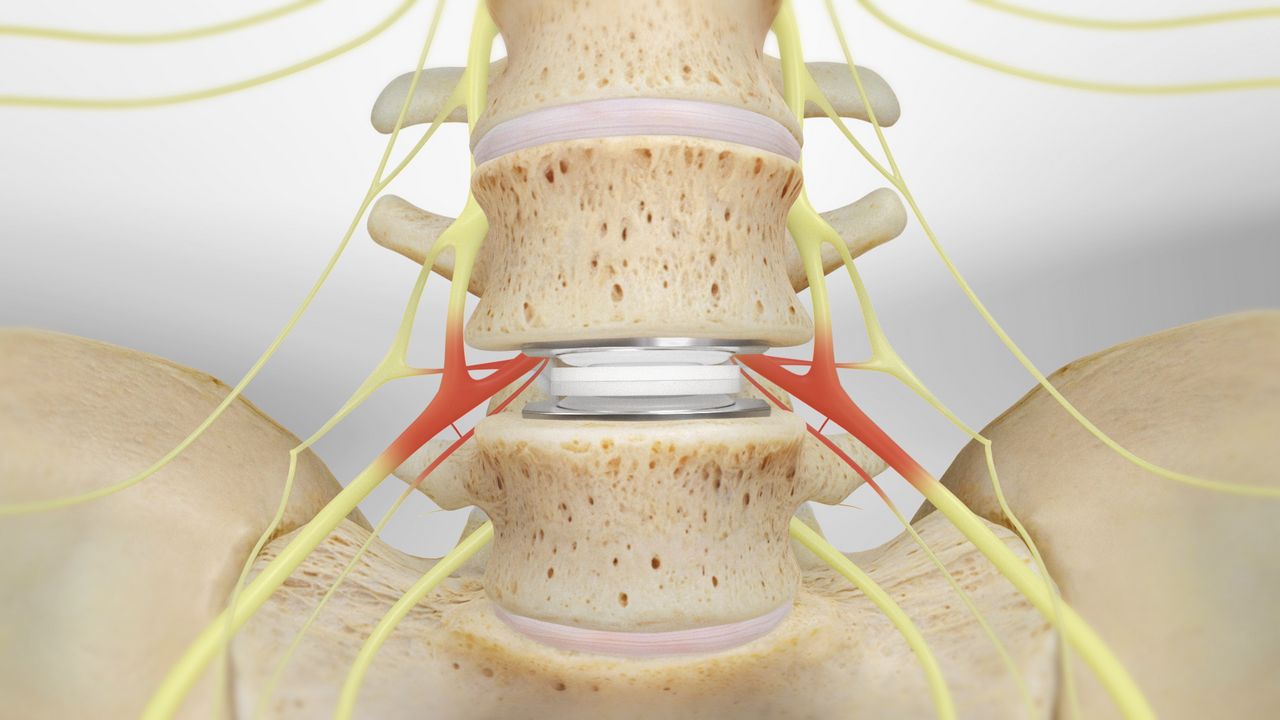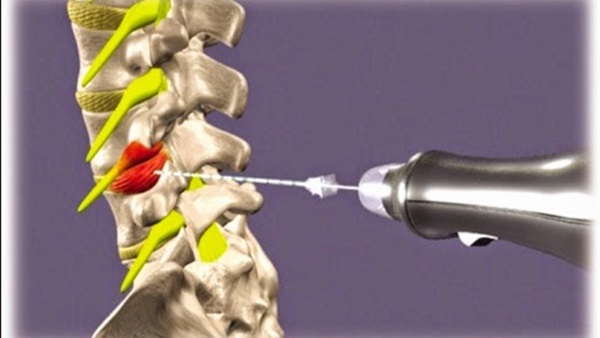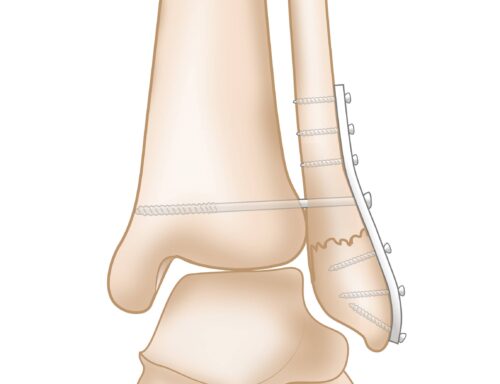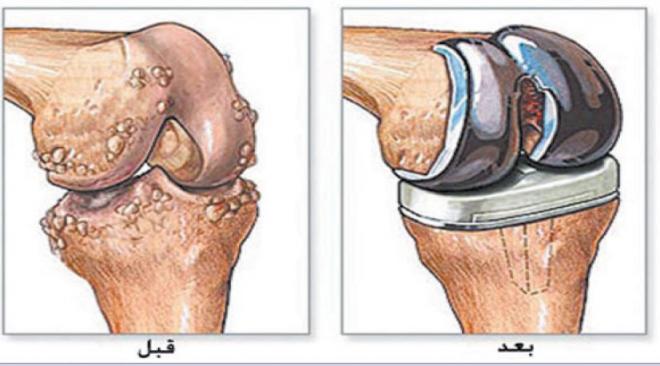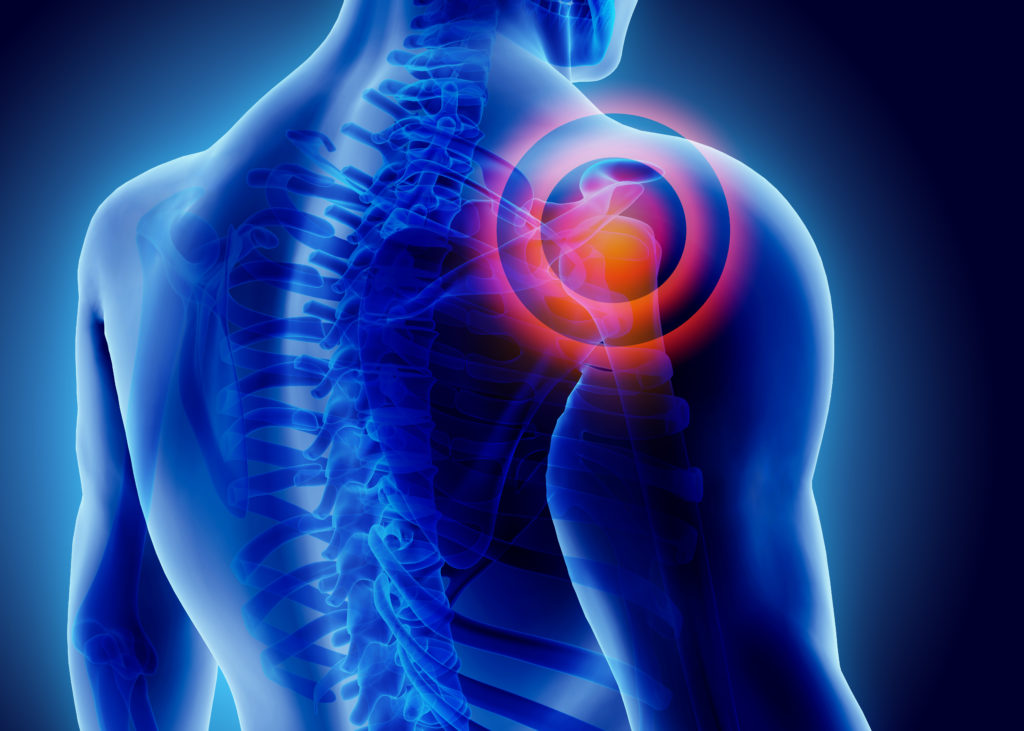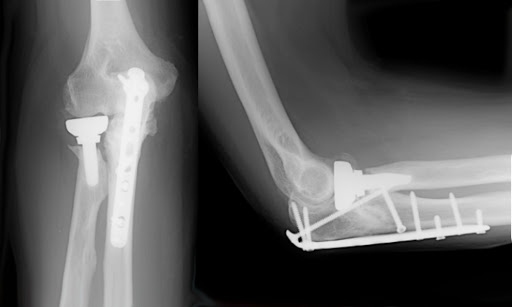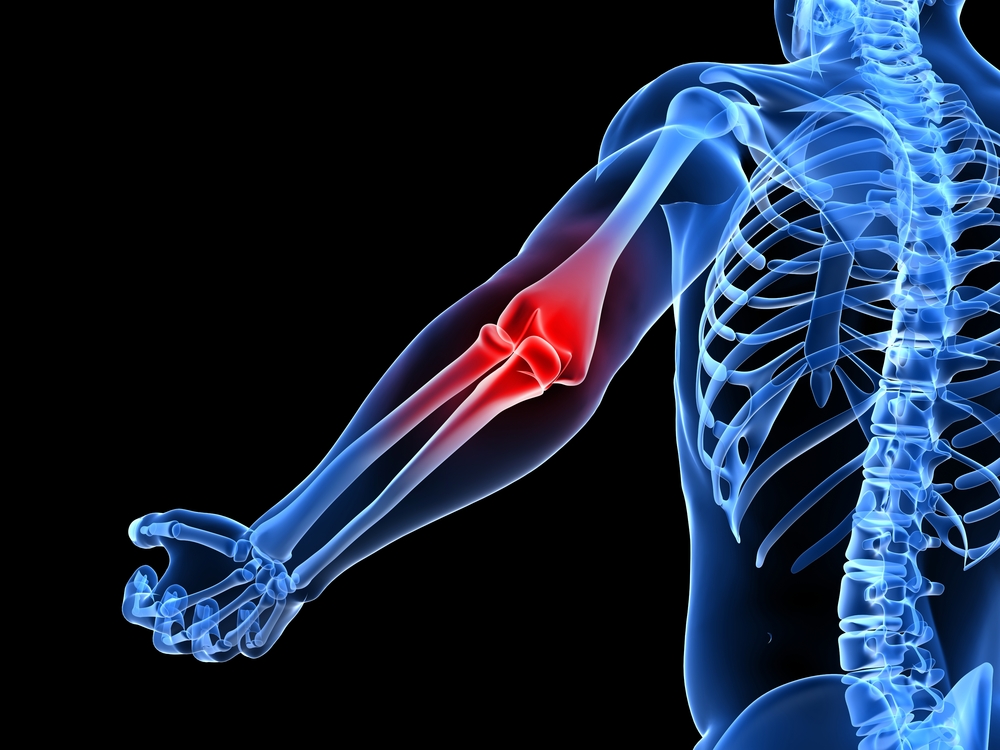Knee Ulcer Surgery
Knee Ulcer Surgery, Perhaps you’ve heard of knee ulcers, or maybe this is the first time you’re learning about this injury. So, let’s get acquainted with knee ulcers, the associated surgical procedure, and the pre- and post-operative procedures, among other information related to knee ulcer surgery, in the following article.
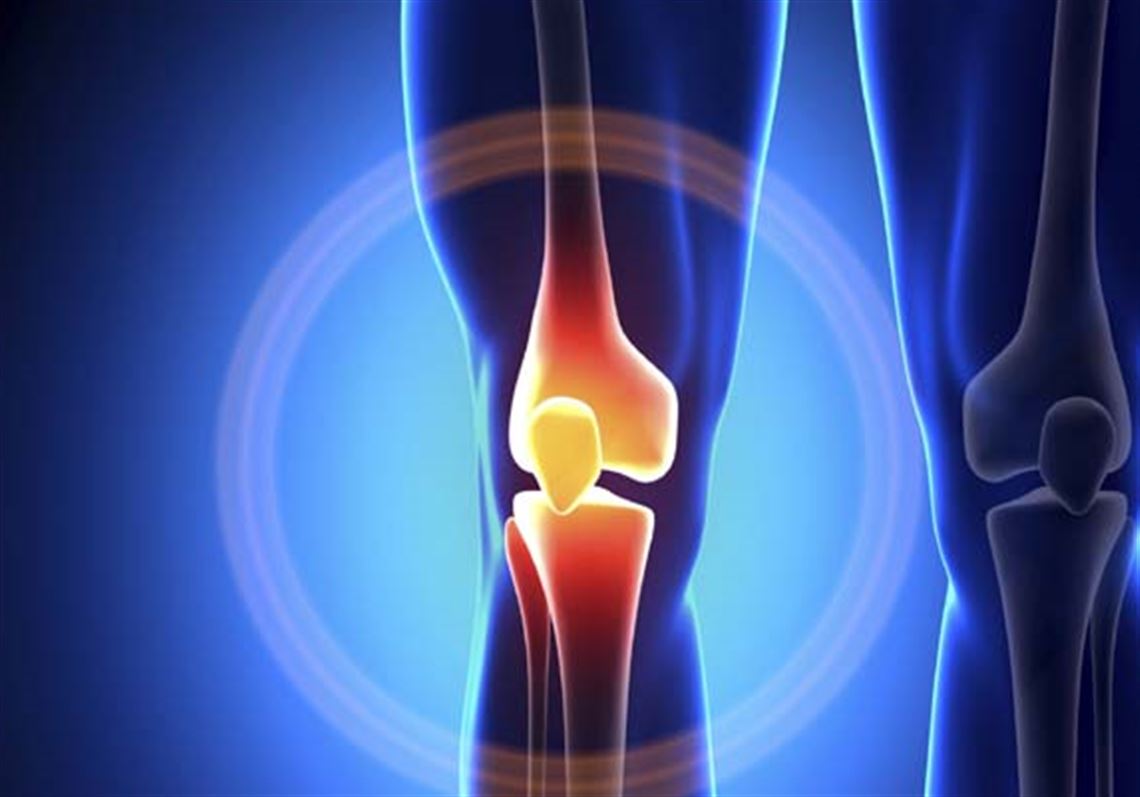
Knee Ulcer Surgery
“Regain your movement, vitality, and self-confidence through a successful knee ulcer surgery offered by Dr. Amr Amal.”
Knee ulcers can be treated through surgical procedures that aim to enhance the growth of cartilage in the affected area. Alternatively, the doctor may graft the injury site on the cartilage, thereby increasing the chances of recovery and preventing the exacerbation of the knee injury. We will delve into more detail about this in the following paragraphs, so stay tuned to receive all the latest updates on this matter.
What is a Knee Ulcer?
A knee ulcer is a disease that specifically affects the knee, particularly the cartilage lining it, thereby impacting the overall condition of the knee. Its effects are apparent on a person’s ability to move and cause pain when moving the knee. Like other body parts, the knee can develop ulcers, affecting the cartilage surface and leading to its deterioration.
Atrophy occurs in the knee cartilage in what is known as a knee ulcer. This is not limited to the knee joint alone; other joints such as the thigh or elbow can also be affected. This ulceration results from inflammation or injury to the cartilage, among other factors that can impact the patient’s condition, leading to damage and wear of the flexible membrane lining the knee joint, which is the cartilage.
Who is at Risk of Developing Knee Ulcers?
There are certain groups that are more susceptible to knee ulcers and may face this injury more than other ordinary individuals. These include:
- People who have previously sustained a knee injury.
- Individuals with knee roughness that has persisted for an extended period.
- Athletes, especially those who exert significant effort and strain on the knee.
- Those who have suffered a tear in the cruciate ligament.
- Older adults, particularly those over sixty years old, as blood supply to these body parts is extremely weak.
Causes of Knee Ulcers
Patients may experience knee cartilage ulcers or wear resulting from several factors that lead to the atrophy of a portion of the cartilage surface. These causes include:
- Exposure to an accident affecting the knee cartilage.
- Sustaining a knee fracture or a tear in one of the knee ligaments.
- The presence of severe inflammation in the knee joint affecting the cartilage.
- Onset of wear due to knee roughness that has persisted for a duration with the patient.
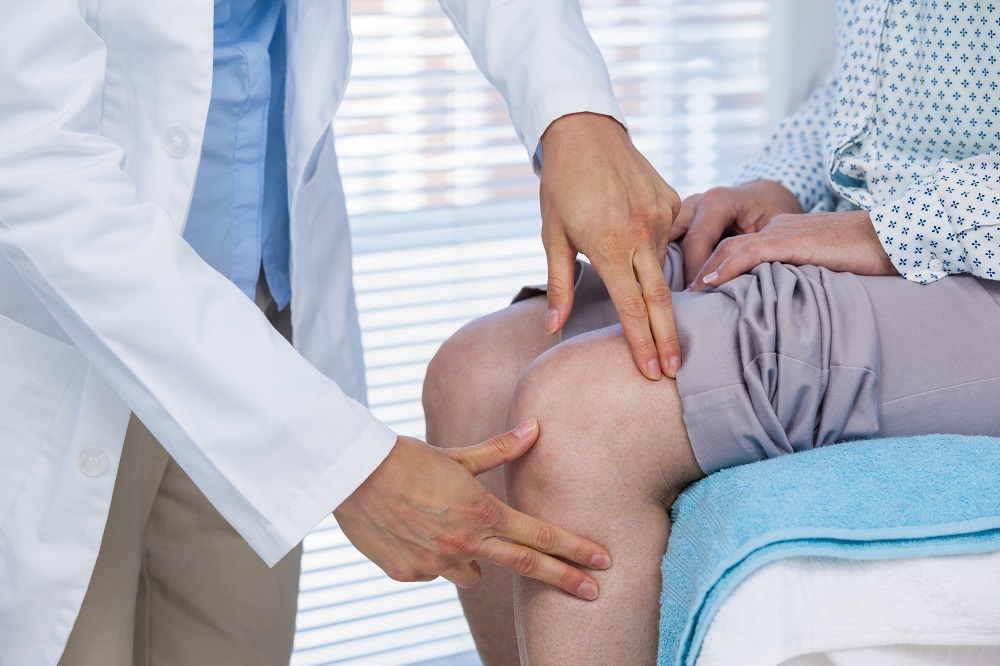
Knee Ulcer Symptoms
Most of the time, symptoms do not appear in a person with a knee ulcer, and therefore the diagnosis of the disease is somewhat delayed. However, a knee ulcer can be distinguished through certain signs that should be attended to and a doctor should be visited to make a more accurate diagnosis of the condition and to know the injury that actually occurred in the knee cartilage.
The symptoms of a knee ulcer can be as follows:
- Feeling pain in the knee, which increases when walking or climbing stairs.
- General discomfort in knee movement.
- Inability to bend the knee easily.
- Increased knee size and visible swelling.
Diagnosing Knee Cartilage Ulcers
Sometimes the symptoms of a knee ulcer are similar to the symptoms of knee roughness. Therefore, X-rays and MRI are the best ways for the treating physician to more accurately know the condition of the knee and, therefore, the treatment is appropriate for it. Ulcers may not appear in X-rays and are often discovered by chance during knee surgery.
Knee Ulcer Treatment
“Regain strength and stability in your bones and prepare to return to your daily activities thanks to the knee ulcer procedures performed by Dr. Amr Amal.”
Delaying the treatment of a knee ulcer certainly affects the condition of the patient and increases the existing ulcer in the knee, and thus the patient is exposed to complications. Usually, doctors start with non-surgical treatments, which are through certain types of medications, which are anti-inflammatory and pain relievers, along with conservative treatment of taking a rest, using cold compresses, physical therapy, and losing excess weight.
As for other treatment methods, they are surgical treatments in which surgical intervention is the best solution for the doctor and is mostly done through arthroscopy. It is divided into two types:
Stimulating Surgeries: These aim to enhance blood supply to the affected part of the cartilage, which works to strengthen the cartilage and build a new part of the cartilage in the worn part. However, this is considered a temporary type of treatment. In this procedure, the doctor uses arthroscopy to make small holes in the bones below the ulcer, which stimulates the bones to form cartilage to fill the ulcer. However, the cartilage formed in this situation is of the fibrous type and lacks the cohesive strength of the articular cartilage, making this treatment temporary as the formed cartilage will not bear loads for long periods.
Repair Surgeries: This procedure involves patching the affected part of the cartilage by taking another part of the cartilage that does not have significant pressure due to weight and placing it in the affected part. It is a self-cartilage patch where the doctor attempts to fill the ulcer with articular cartilage. This is done through patching the ulcer using special instruments that take articular cartilage from areas in the knee that are not loaded to be fixed in place of the ulcer.
Knee Ulcer Treatment with Herbs
One of the alternative medicine methods in treatment is using herbs to treat knee ulcers, which lead to pain in the knee and pain similar to knee roughness. Herbs that can be used include aloe vera, cat’s claw, green tea, and ginger, among others, which help reduce pain and improve the condition of the knee ulcer.
Preparations Before Undergoing Knee Ulcer Surgery
Certain procedures are undertaken to prepare the patient for surgery and to get the body ready for the medical procedure, and the pre-operative steps for knee ulcer surgery via arthroscopy are as follows:
The patient should engage in some low-intensity exercises recommended by the doctor. Take medications and medical prescriptions as explained by the doctor. Fast for about 12 hours prior to the operation. Discuss the medications you are taking and the type of anesthesia with the doctor. Quit smoking as it makes the patient more prone to complications and slows down recovery and healing. Wear compression stockings on the other leg, which is not affected, in order to prevent clot formation in the leg veins and the development of deep vein thrombosis. Reasons for Undergoing Knee Arthroscopy
Many doctors resort to knee arthroscopy when the knee joint does not respond to non-surgical treatments in terms of rest, physical therapy, some medicinal treatments, and injections that help relieve pain and inflammation. Arthroscopy is used in the following cases:
Treating knee inflammation. Working on repairing or removing the joint cartilage in the knee. Assisting in reconstructing a torn anterior cruciate ligament. Treating patella problems, also known as the kneecap. Removing inflamed synovial tissue. Trimming damaged cartilage around the joint. Removing loose parts of bones or cartilage. Knee Ulcer Surgery via Arthroscopy
Knee arthroscopy is one of the great advancements in the medical field, which includes the use of an arthroscope in surgeries. This has numerous advantages such as speedy recovery, reduced risk of serious complications, and reduced risk of infection or inflammation in the affected part.
The steps of knee ulcer surgery are as follows:
The anesthesiologist administers partial anesthesia in most cases, or the type of anesthesia is predetermined before the surgery. Holes are made in the affected part of the knee to insert the arthroscope. The condition of the injury is more precisely identified through the camera in the arthroscope. The necessary surgical tools are inserted to perform the surgery and treat the knee ulcer. The wound is sterilized, disinfected, and medical dressings are applied. The patient returns to their room immediately after the operation. Trust in the experience and expertise of Dr. Amr Amal for knee ulcer surgery via arthroscopy, and benefit from the latest technologies and materials used in surgeries.
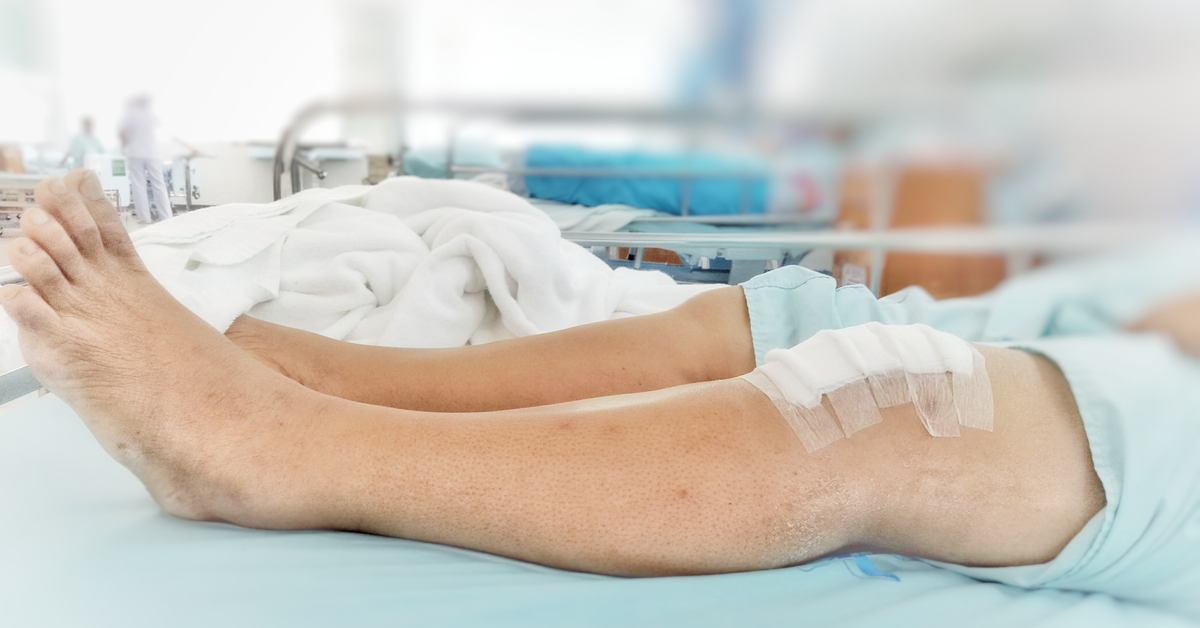
Post-Knee Arthroscopy Instructions
The patient can return home on the same day of the surgery after ensuring the operation’s safety and explaining the instructions to be followed during the recovery period. Here are some tips provided by Dr. Amr Amal for the period after knee ulcer surgery:
Take the medications and painkillers prescribed by the doctor. Use cold water compresses and ice, which improve the swelling in the knee. Elevate the leg above heart level to reduce swelling. Do not expose the dressings to water to avoid contamination, and ensure regular wound sterilization. Use crutches if the patient is overweight to avoid direct load on the affected knee. Gradually return to daily activities until full recovery, which may take from 2 to 4 weeks, allowing the patient to return to full activity.
Duration of Knee Ulcer Operation
In most cases, the patient can return home on the same day of the surgery and may need some simple assistance in the first few days. The surgical procedure in the knee does not take more than about 45 minutes, which is less than an hour, and therefore does not usually require full anesthesia.
Success Rate of Knee Cartilage Operation
The success rate of knee cartilage ulcer surgery is high, reaching up to 90%, and it increases with the patients’ adherence to the clear instructions explained to them by the medical team of the treating doctor before and after the operation. Patients can return to sports about a month after the knee ulcer surgery, but they must consult the treating doctor beforehand to ensure the knee’s safety and the possibility of resuming normal daily activities.
Risks of Knee Cartilage Ulcer Operation
Using an arthroscope in knee ulcer surgery reduces the risks that may follow, but like any other surgery, there is a percentage of complications that occur in rare cases for patients. These injuries can be as follows:
- Infection in the wound.
- Bleeding in the affected area.
- Inability to breathe properly due to anesthesia.
- Tissue damage.
- Blood clots.
If you would like to learn more about the details regarding the knee ulcer operation, the alternative options available, and the risks that may result, we recommend reading the following article.
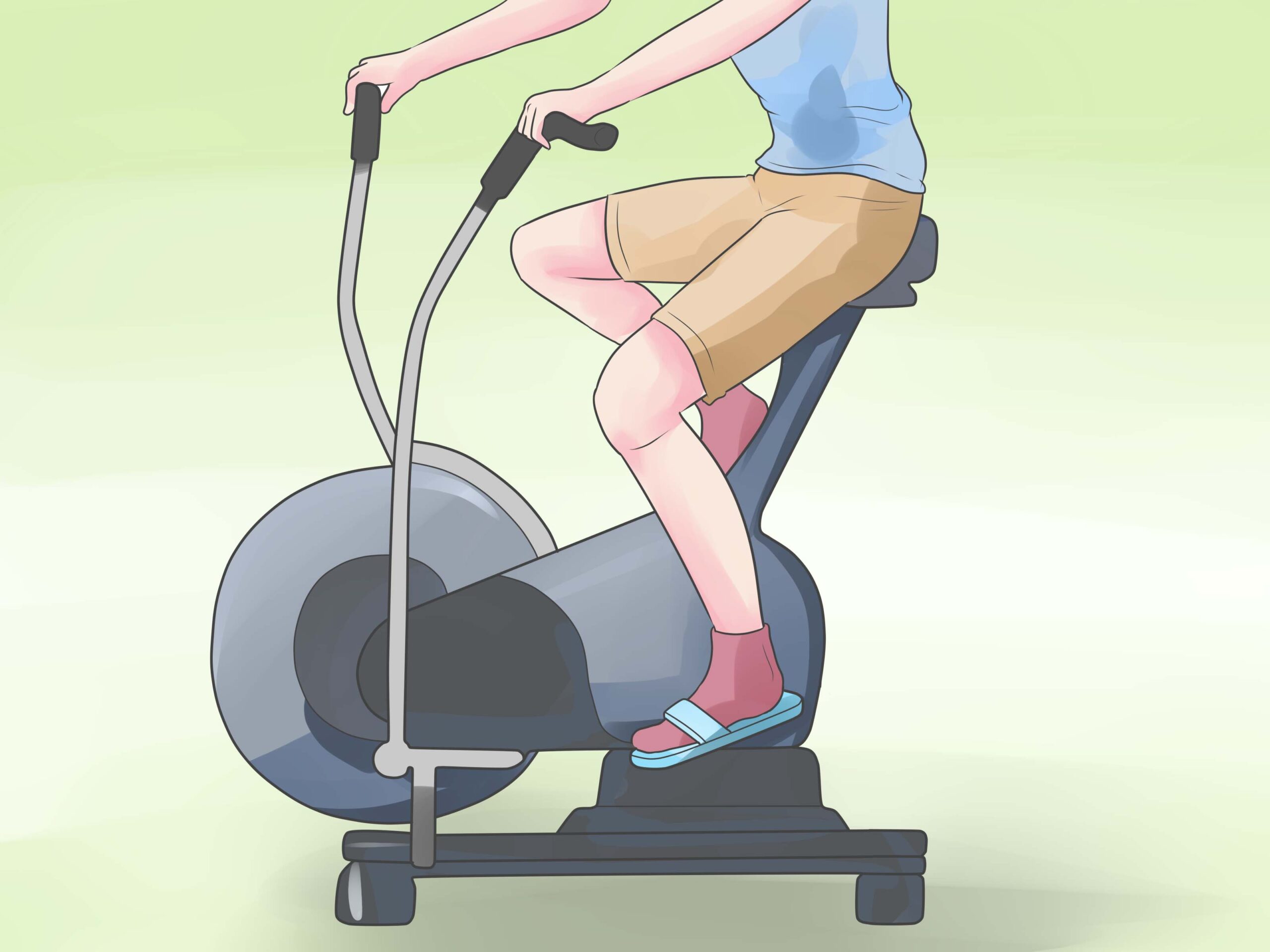
Cost of Knee Ulcer Operation
The price of a knee ulcer operation is determined on various bases, but in general, the cost of a knee cartilage ulcer operation using an arthroscope is less than traditional surgical procedures. All the details you want to know regarding the cost of a knee ulcer operation can be explained to you by the medical team overseeing your case before and after the surgery.
When Can I Walk After a Knee Arthroscopy?
The patient can start walking on the day following the surgery, using a walker or crutches to avoid putting weight on the affected part of the knee and thus exposing the patient to risks. It is better for the patient to take ample rest after the operation and to walk within a limited range until they begin exercises that help strengthen the muscles and improve movement.
What are knee exercises after arthroscopy?
Therapeutic exercises play an important role in a patient’s recovery, but the patient must discuss any exercise with the doctor before starting it. It is essential to start knee exercises immediately after surgery to regain full strength and range of motion. However, some doctors may prefer to wait for a week or more after the procedure.
It is important to regularly exercise the knee for several weeks after the surgical procedure to restore movement to the knee and strengthen the leg muscles. Working with a physical therapist helps the patient achieve the best recovery. Initial exercises should be without weights and should focus on gently strengthening the muscles surrounding the knee, in addition to increasing joint mobility.
The following exercises are suitable for immediate rehabilitation after joint arthroscopy and are as follows:
Hamstring Contractions: It is essential that no movement occurs in the exercises where the patient lies or sits with the knees bent about 10 degrees, pulling the heels on the ground, contracting the muscles of the back of the thigh, continuing for 5 seconds, then relaxing and repeating 10 times. Quadriceps Contractions: This involves lying on the stomach with a towel wrapped around the ankle of the affected knee, and pushing the ankle down into the towel roll so that the leg is as straight as possible, continuing for 5 seconds, then relaxing and repeating 10 times. Straight Leg Raises: The patient lies on their back with the unaffected knee bent and slowly lifts their leg about 6 degrees, continues in this position for 5 seconds, continues to lift by an additional 6 degrees with each leg contraction, then reverses the procedure back to the starting position and repeats 10 times. Terminal Knee Extension While Lying: The person lies on their back with a towel under their knee and extends the knee while still supported by the towel, continues in this position for 5 seconds, then slowly returns to the starting point and repeats 10 times. Partial Squats with Chair: The patient holds a sturdy chair or table and moves their feet 6 to 12 inches away from the chair or table, keeps their back straight, and slowly bends their knees, not less than 90 degrees, continues in this position for 5 to 10 seconds, then slowly returns and relaxes and repeats 10 times. Cycling: If the patient is able to purchase an exercise bike, adjust the seat height so that the bottom of the foot touches the pedal and completes a full cycle. As the patient becomes stronger, gradually increase the resistance of the bike. Exercise for 10 minutes a day, then increase the duration by one minute a day until the exercise lasts for 20 minutes a day.
If you would like to learn more about the effects of knee arthroscopy and the exercises that follow it, we recommend reading this article.
The most skilled doctor in performing knee ulcer surgeries
Dr. Amr Amal is the most skilled doctor in performing knee ulcer surgeries. Dr. Amr is an expert in this field and has a distinguished record of success and excellence, thanks to his high skill and precision in performing surgical operations to treat knee ulcers, providing the highest level of care and attention to each patient.
With his extensive and specialized experience in orthopedic surgery, Dr. Amr has a deep understanding of the issues related to knee ulcers and the effective methods for treating them. He also possesses a wide knowledge of the latest techniques and developments in this field, making him the optimal choice for individuals suffering from knee problems.
Dr. Amr relies on the best modern surgical equipment and tools, which helps him provide ideal and effective results for patients. In addition, Dr. Amr is committed to providing comprehensive support and accompaniment to patients before and after surgical operations, ensuring a comfortable and successful experience for all.
Dr. Amr enjoys a great reputation among patients, being described as polite and friendly. He interacts with patients courteously and empathetically, presenting information in a smooth and understandable manner, helping patients comprehend their condition and treatment options better. Dr. Amr Amal is indeed the right doctor for anyone seeking high-quality knee ulcer surgery and impressive results. With his exceptional skills and profound knowledge, he is always dedicated to providing the best care for patients.


